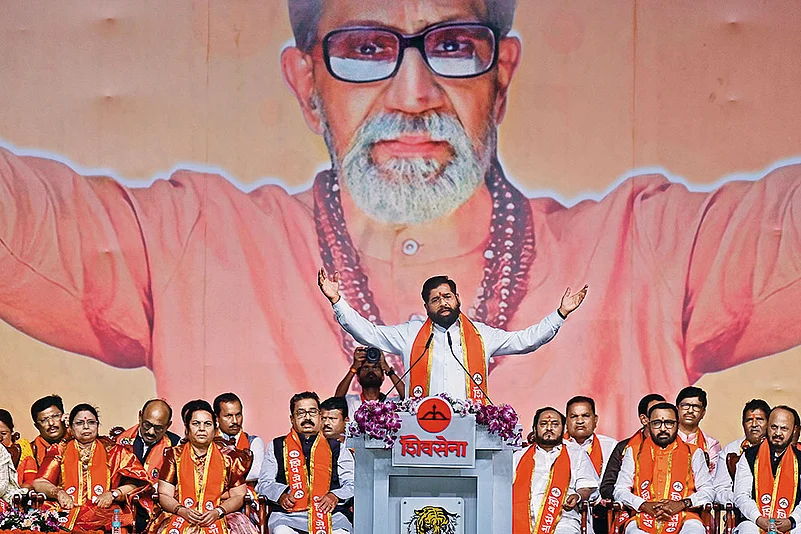The dramatic turnaround in Maharashtra’s political landscape has left analysts stunned. The Bharatiya Janata Party (BJP)-led Mahayuti just a few months ago appeared to be heading toward an electoral disaster. After a dismal performance in the 2024 Lok Sabha elections, where it was reduced to a mere 17 seats from 41 in 2014 and 43 in 2019, the party was on the brink of despair. However, the BJP has not only avoided disaster in the assembly election, but emerged triumphantly victorious in Maharashtra. Here's how they turned the tide:
1. Strong Leadership and Party Unity
A major factor behind the BJP’s resurgence was the party’s focus on leadership. Prime Minister Narendra Modi and Home Minister Amit Shah endorsed Devendra Fadnavis as the undisputed face of the party in Maharashtra. It signalled a clear leadership direction. PM Modi’s praise of Fadnavis for his contributions to the Mumbai Metro, the Vadhavan deepwater port and other infrastructural projects reignited the party’s morale. Fadnavis’ leadership helped unify the cadre, who had previously been demoralised by the party’s leadership clashes.
2. RSS Revival and Grassroots Outreach
The BJP also revisited its roots by working closely with the Rashtriya Swayamsevak Sangh (RSS). BJP General Secretary Shiv Prakash, sent from the RSS, played a pivotal role in regaining ground by focusing on grassroots engagement. Prakash, known for his success in states like Madhya Pradesh and Chhattisgarh, worked across Maharashtra and addressed internal conflicts and built strong alliances. This revival of RSS influence ensured a more organised and cohesive campaign, particularly in rural constituencies where the BJP had faced challenges in the past.
3. Handling Rebel Candidates Effectively
The BJP tackled its internal rebellion issues head-on and prevented key figures such as Prakash Mehta and Gopal Shetty from contesting as independent candidates. The strategic withdrawal of rebel leaders helped avoid internal fractures and ensured the party’s full strength in the election.
The BJP also managed dissent within its ranks by persuading potential troublemakers, who include Maratha leader Manoj Jarange-Patil, to step back from the electoral fray. It prevented a split in votes. By the time the elections came around, the BJP’s presence was felt in almost every constituency. The party contested over 180 of the 288 seats despite fielding candidates for only around 150.
4. Polarisation and Hindutva Strategy
The BJP effectively capitalised on the growing religious polarisation in Maharashtra. It focused on the so-called ‘vote jihad’, ‘Batenge to Katenge’ and ‘Ek Hain to Safe Hain’ rhetoric. This strategy resonated with a section of the electorate. The saffron party painted the Opposition as appeasing Muslim vote banks.
5. Exposing MVA Alliance Failures
The BJP relentlessly campaigned against the MVA government and highlighted alleged corruption, mismanagement and internal strife. The party successfully reminded voters of the 25-month “misrule” of the MVA and pointed to incidents like the Palghar sadhu killings, the Antilia case and corruption allegations against NCP leader Anil Deshmukh. The BJP’s attacks on Uddhav Thackeray’s alleged departure from his father’s Hindutva legacy and his alliance with the Congress and the NCP further undermined the Opposition’s credibility.
















